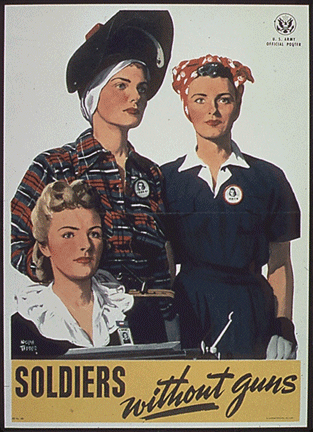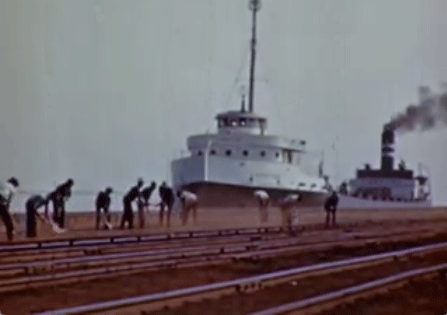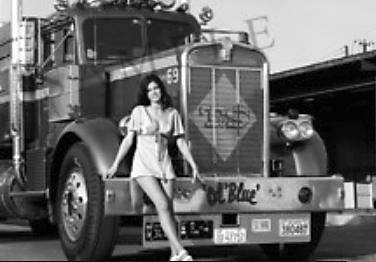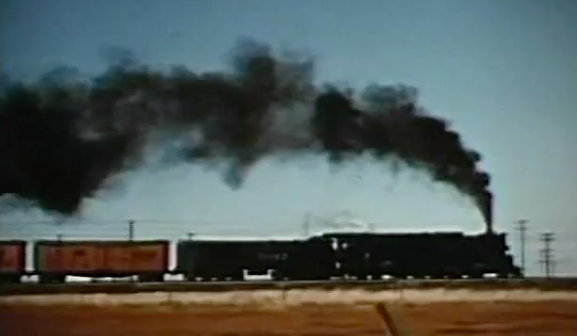
Scroll Down To Order
Scroll Down To Order
A flicker of hope
is all that stood
. . . against barbarism.
Another outbreak of such a crisis of madness
[meaning the First World War]
would necessarily involve the destruction of
society in the public order. June 1, 1933
People cried out
for a better future.
Germany neither intends nor wishes
to interfere in the internal affairs
of Austria or to conclude an Anschluss. May 1935
If the problem is solved,
there will be no further territorial damands
in Europe by Germany. Sep 1938
CASTLES OF THE MIND ... VENTURE ACROSS ALL BRIDGES
Transportation Resource
American transportation, like other industries, was called upon to do the impossible almost every single day of the war.
By 1944, the sweat and toil of the average American was paying off, and the goods and equipment that were assembled reached new towering heights but, the mountains of supplies—plus the millions of troops too—had to be assembled and moved. Like in a human body, arteries are important but plug up your arteries and what happens?
You had to have smooth flowing arteries, period.
In WW II, on land, in the air, at sea, transportation had to mobilize its vast resources, its years of accumulated skill in dealing with tough problems, its know-how to meet and conquer the emergencies of the war effort.
The next few lines gives a young reader a rundown of what really happened, in brief. The transportation arteries, flowing East or West, North or South, connected the cities and factories and all troop movements. Let us look at some stats, in both freight and passenger operations. First, on your right is the loading up of a C-54, the bigger cousin of the C-47 Skytrain. The max. speed of a C-47: 224 mph at 10,000 ft. Max. load noncombat 28 passengers. Max. range about 1,513 miles. Max speed of a C-54 with a greater payload because it was bigger: 274 mph at 14,000 ft. Service ceiling was 30,000 ft. Max. load noncombat 49 passengers. The U.S. Navy called the C-54 the R5D. Max. range about 2,489 miles. The USN utilized the R5D transports until 1948.


The fastest method is naturally by air. Navy patrol bomber (above) is a PBM Mariner, range 3,000 miles. In 1940, all U.S. airlines flew a total of 6,938,969,170 express pound-miles, yet, by 1944, that figure had leaped to 34,188,058,780—almost a six-fold increase. Movement of passengers was mainly domestic. Passenger airlines (domestic) increased their millage from 1,147,440,000 in 1940 to 2,264,586,000 in 1944, an increase of 97.4%.
Crisscrossing the continent, handling transocean cargo, mail and passenger needs, the Army organized as a supplement to private industry, something most people today never heard of, the Air Transport Command. Because the war was fought in many locations, one of the main problems of fighting this war was the transporting to the war fronts, called theater of operations, over the Atlantic toward the ETO and over the Pacific, the largest ocean in the world. The ATC had over 300,000 military and civilian personnel.
Flying the routes, the ATC made the Atlantic in 1944 one of the most travelled runs in the world. At its peak, ATC planes were leaving New York’s Airport for Europe every thirty-four minutes of the day and night. The aircraft with the Red Cross Dodge truck ambulance (below in b-w) is a C-46. Numerous ATC planes were C-54s. Evacuations of wounded by air was a novel concept. But, one of the war's most treacherous routes was flying over the Hump, in the China-Burma-India Theater of Operations. Flying the hump meant crossing the Himalayan Mountains. It was the most dangerous air-route in the world. It supplied everything for the U.S. 14th A.A.F. and for our Allies the Chinese. The India-China Wing's 24-hour a day ferry service carried more cargo than the combined pre-war freight carried by all U.S. civilian airlines. By 1944, it even had more pilots and operated more planes than America's three largest commercial airlines up to the point of December 1941.
At its peak, the ATC operated more than 3,300 aircraft, and crisscrossed every continent on the globe with the exception of Antarctica. Speaking of aircraft, a total of 47,851 aircraft was shipped overseas during WW II. This total was about 56% of the total number of aircraft sent to all the theaters ie. 44% was flown over. The Navy's version was called the Naval Air Transport Service. At the height of the war, it operated 540 aircraft with 26,000 assigned personnel. When things got so critical, a wounded evacuation squadron was formed in March of 1945. In color is a C-54 with a special mission of delivering whole blood to the Pacific; they had special refrigeration and by February of 1945, were delivering 1000 pints of blood daily. It must be remembered, many air traffic control towers were manned by women.







The beginning of the war found the American Merchant Marine seriously under-equipped; the end of hostilities saw the United States leading the world in cargo ships and shipping.
A new type of cargo steamer was produced, called Liberty ships followed by its better, larger Victory ships. The first Liberty ships were built in late 1941. They were produced using assembly-line production. It was during the peak period of 1943 that Liberty and Victory ships slid down the ways at the rate of one and two a day. Normal capacity of a Liberty ship was 10,856 tons and each sailed with a crew of about 44 men, plus 12 to 25 national guardsmen. The video is 56 mins long and primarily shows the Richmond Shipyards which built 747 vessels. The fastest built vessel, from start to completion took four days, 15 hours and 27 minutes. She was the SS Robert E. Peary. Convoyed across the Atlantic, they tied up at Belfast, Liverpool, Murmansk, Tunis, Archangel, Sydney, and Normandy ports. They deployed to Australia and the Pacific as the Mediterranean. They had a range of 17,000 miles. Excellent Liberty ship condensed story. This guy from Belgium built a very nice 1:96 scale of a Liberty ship. The Merchant Marine sailors totaled nearly a quarter million, but they suffered a great percentage of fatalities, over 9,000 sailors of the Merchant Marine died to help save the world. Another slow boat were the LSTs which helped win the war and these were prevalent in numbers. Here is a rare glimpse of an LST in video (high def) but imagine how they looked 75 years ago sailing on the Atlantic and the Pacific and everywhere. Thank you Club MBV Hofstade, Belgium, Mustard Channel and Airmapper for the time and trouble of bringing history to life. Here is a United News newsreel glimpse on repairs of supply ships.

The world of today

The world of 1944
In the important arm of the trucking industry, difficulties were great but, truckers managed to carry more freight than ever before in their history. [edit note: there were few diesels; piggy-back was unheard of.]
The trailer-trucks sped from factory and factory to loading platforms, docks and railway sidings. Truckers were important in the war years. As the Japanese took possession of the source of 90% of the world’s crude rubber, vehicles on rubber tires were handicapped. Due to tire rationing, the means was restricted more than in other forms. Civilian truck transport declined as a percentage of total ton-miles to only 5.6%, compared to 10% in 1939. [Each "ton-mile" is one ton of freight shipped one mile—it is considered the primary measure of freight transportation because it reflects volume, in tons, and distance, in miles.]
The Federal Highway Act of 1944 established a 50-50 formula for subsidizing paved highways, in other words a funding match between U.S and state governments, yet really did not create a full funding Interstate program. It did have provisions for building roads in national parks, national forests, and on Native American reservations plus various urban roads.
An important aspect of the trucking industry was the transport of petrol.
I found this little piece well written by John Conley helpful and to the point. In the 1940s, unlike today, America was not depended on outside sources for gasoline and oil etc. We produced our own in ample quantities. The trick was to get it to whoever needed it.
The airlines, the shipping companies, the railroads, each in its own sphere, performed almost literal miracles in delivering the goods. In the 1940s, the people tried any means necessary to transport people and goods, however the period of WW II brought movement by rail to a distinct stage in U.S. history, and it was a phenomenal story. Railroads in America.


Your information is protected by
256-bit SSL encryption.